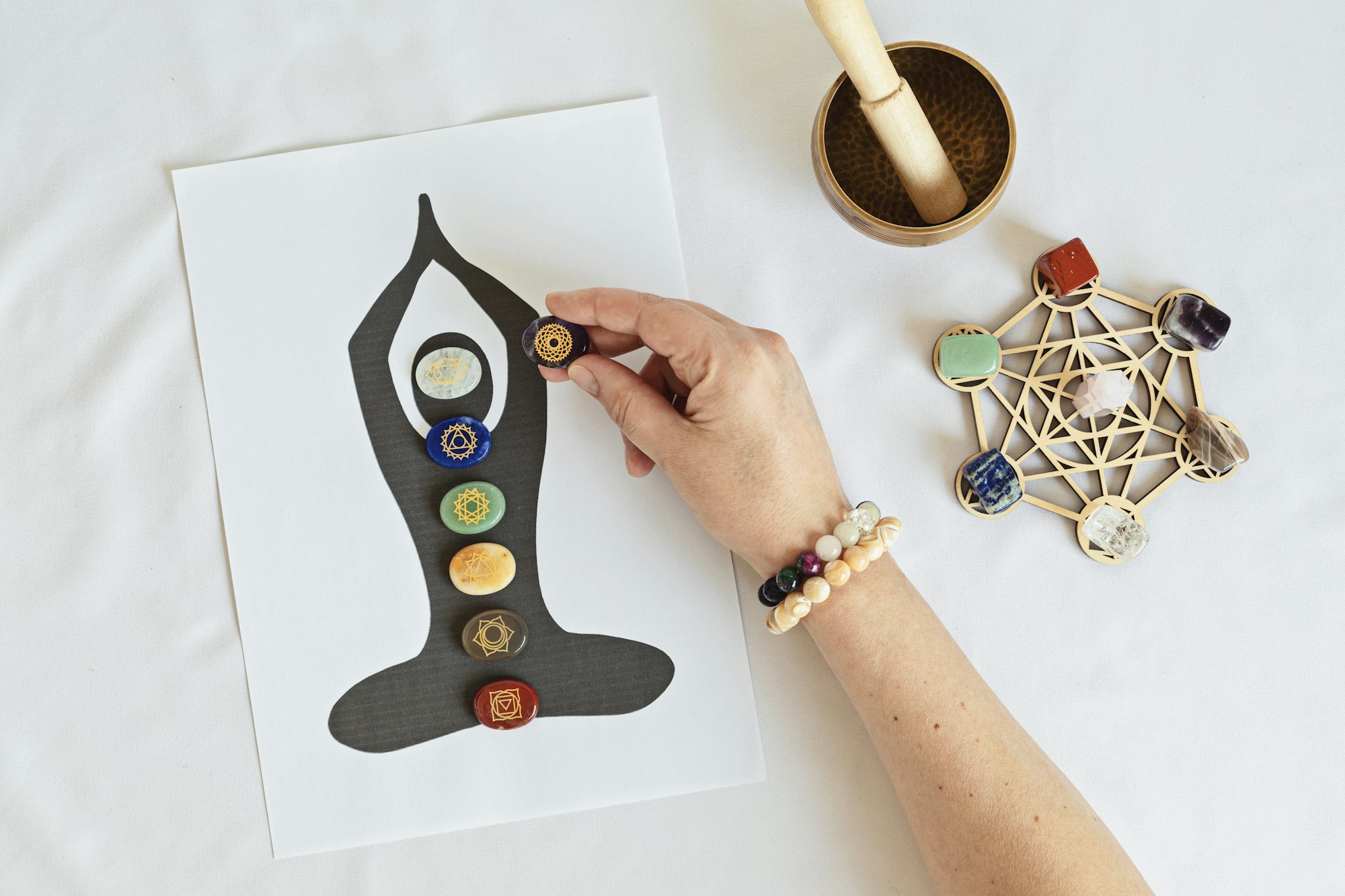Chakras are energy centers within the body that play a crucial role in maintaining spiritual and emotional balance. The chakra system, originating from ancient Eastern philosophies, is integral to understanding the connection between the mind, body, and spirit.
What are Chakras and Their Role in Spiritual Balance?
Introduction to the Chakra System: The chakra system consists of seven main energy centers that run along the spine, each associated with specific qualities and functions. These chakras act as gateways for the flow of energy throughout the body.
Significance of Chakras in Energy Flow: Balanced chakras ensure a harmonious energy flow, contributing to overall well-being and emotional stability. When chakras are blocked or overactive, it can lead to physical and emotional imbalances.
How to Balance Your Chakras for Inner Harmony: Various practices such as yoga, meditation, and mindfulness can be employed to align and balance the chakras, promoting a sense of inner peace and spiritual connection.
Exploring the 7 Main Chakras
The main seven chakras are vital energy centers within the body according to certain Eastern spiritual and healing traditions, particularly within Hinduism and Buddhism. Each chakra corresponds to specific physical, emotional, and spiritual aspects of our being, and they are believed to be interconnected, influencing various aspects of our health and well-being when balanced or imbalanced. Here’s a brief overview of each:
Root Chakra (Muladhara):
- Location: Base of the spine
- Color: Red
- Associated with: Stability, security, survival instincts, grounding
- When balanced: Feeling grounded, secure, and stable
- When imbalanced: Anxiety, fear, instability
Sacral Chakra (Swadhisthana):
- Location: Lower abdomen, below the navel
- Color: Orange
- Associated with: Creativity, pleasure, emotions, sexuality
- When balanced: Healthy expression of emotions, creativity, and sexuality
- When imbalanced: Emotional instability, guilt, low libido
Solar Plexus Chakra (Manipura):
- Location: Upper abdomen, around the stomach area
- Color: Yellow
- Associated with: Personal power, self-esteem, willpower, confidence
- When balanced: Strong sense of self, confidence, and personal power
- When imbalanced: Low self-esteem, lack of confidence, indecisiveness
Heart Chakra (Anahata):
- Location: Center of the chest
- Color: Green (sometimes depicted as pink)
- Associated with: Love, compassion, forgiveness, relationships
- When balanced: Unconditional love, empathy, compassion
- When imbalanced: Difficulty in forming healthy relationships, lack of empathy
Throat Chakra (Vishuddha):
- Location: Throat
- Color: Blue
- Associated with: Communication, self-expression, truth
- When balanced: Clear communication, authentic expression, good listening skills
- When imbalanced: Difficulty expressing oneself, fear of speaking, throat-related issues
Third Eye Chakra (Ajna):
- Location: Forehead, between the eyebrows
- Color: Indigo
- Associated with: Intuition, imagination, insight, perception
- When balanced: Strong intuition, clear perception, imagination
- When imbalanced: Lack of clarity, inability to trust intuition, feeling disconnected from inner wisdom
Crown Chakra (Sahasrara):
- Location: Top of the head
- Color: Violet or white
- Associated with: Spirituality, enlightenment, connection to the divine
- When balanced: Spiritual connection, wisdom, enlightenment
- When imbalanced: Disconnection from spirituality, closed-mindedness, lack of purpose
Balancing these chakras often involves various practices such as meditation, yoga, energy healing, visualization, and working with crystals or essential oils, among others. The goal is to harmonize the flow of energy through these energy centers to promote physical, emotional, and spiritual well-being.
Utilizing Yoga and Meditation for Chakra Balancing
Role of Yoga in Aligning Chakras: Specific yoga poses and sequences are designed to stimulate and balance the chakras, improving energy flow and promoting holistic well-being.
Meditation Techniques to Enhance Chakra Energy: Meditation allows for a deeper connection to the chakras, helping to clear blockages and restore balance to the energy centers within the body.
Bringing Balance to the Solar Plexus Chakra through Practice: The solar plexus chakra, or Manipura chakra, governs self-esteem and personal power. By engaging in practices that nurture this chakra, such as affirmations and visualization, balance can be restored.
Overcoming Blockages in Chakras
Identifying Signs of Blocked Chakras: Symptoms of blocked chakras may manifest physically, emotionally, or mentally. These signs serve as indicators that certain energy centers need attention and healing.
Strategies to Unblock Chakras and Restore Flow: Through techniques like energy healing, breathwork, and chakra meditation, individuals can release blockages and restore the natural flow of energy throughout the chakra system.
Understanding the Concept of Chakra Balancing for Healing: Chakra balancing is a holistic approach to healing that addresses imbalances in the energy system, fostering physical, emotional, and spiritual well-being.
Manifesting Dreams through Balanced Chakras
How Aligned Chakras Support Manifestation: Balanced chakras create a harmonious energetic environment conducive to manifesting desires and goals. By aligning with the energy of the chakras, individuals can bring their dreams to fruition.
Cultivating Spiritual Enlightenment through Chakra Work: Engaging in practices that balance and align the chakras can lead to a deeper spiritual connection and heightened states of consciousness, ultimately fostering spiritual enlightenment.
Enhancing Intuition by Balancing the Throat Chakra: The throat chakra, or Vishuddha chakra, is associated with communication and intuition. Balancing this chakra through practices like chanting and journaling can enhance intuitive abilities and clarity of expression.







